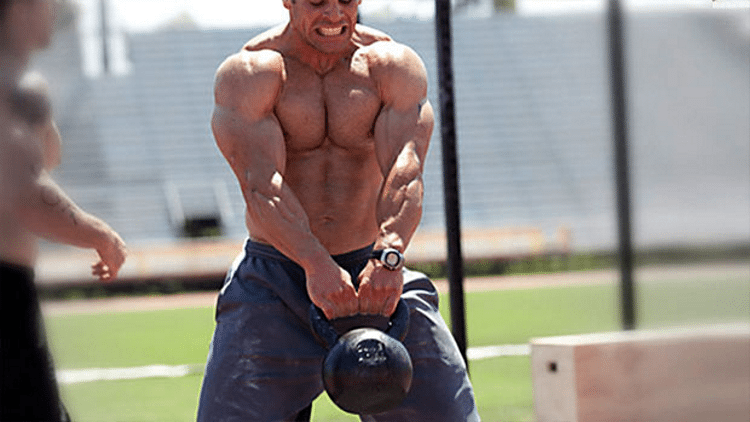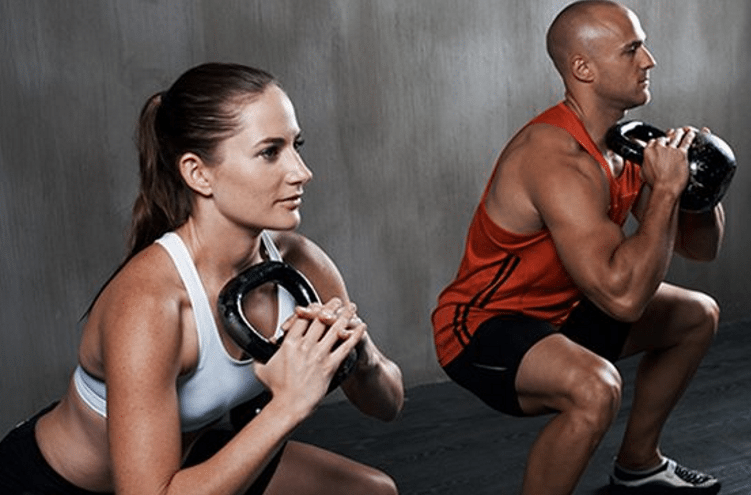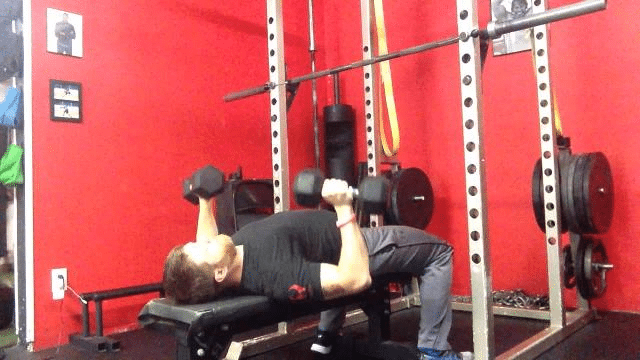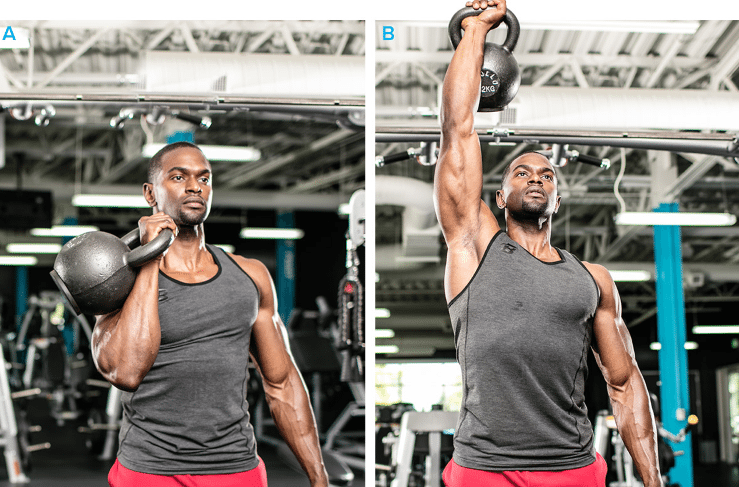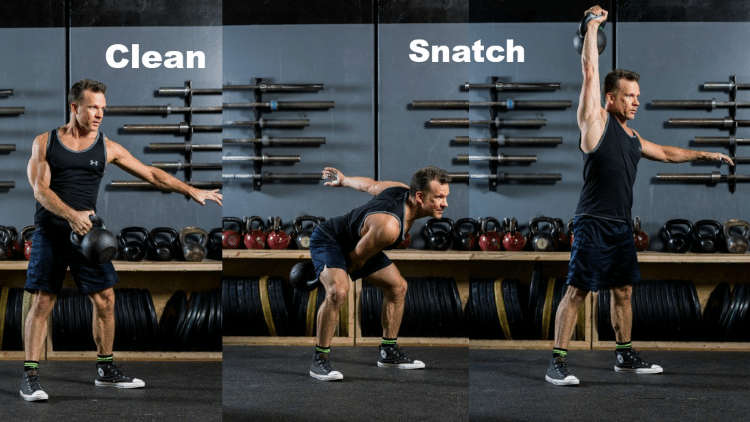Why working out with barbells isn’t right for all athletes
Stack Magazine | American Football | 12/16/2017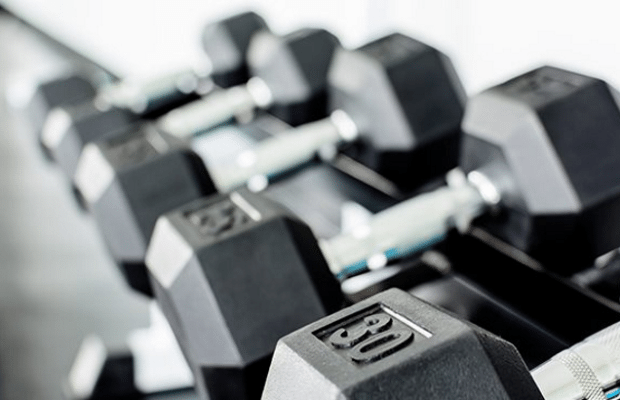
The barbell has been the cornerstone of strength and muscle building for a long time. And rightfully so as you’re able to load one with as much weight as you could possibly need. However, it can often be the wrong choice for many people just walking into the gym for the first time or even for some veterans of the gym. Not everyone is destined to lift that way.
One of the drawbacks, depending on the exercise, is that you can be locked into a certain range of motion or joint motion/angle. This can be potentially hazardous for those who don’t necessarily fit that mold of that position. It’s unnecessary to put yourself through that stress when there are so many other ways and tools to create strength and hypertrophy gains.
People will argue that it’s the ONLY tool suited for exercise, no matter what. But what you have to realize is that the tool is only as good as the user. If the user is unable to manage the tool effectively and safely, then how effective is it going to be?
What can you use instead of a barbell?
- Dumbbells
- Bands
- Cables
- Kettlebells
Each of these tools can be substituted for just about any exercise, and when it comes to our fundamental movements of push, pull, squat, hinge, and single leg, we can easily adjust to accommodate a different tool.
Let’s take a look at some alternatives:
Hip Hinge
When it comes to the hip hinge, we think of the Deadlift right away. And with that comes the notion of not only deadlifting from the floor, but picking up a bar. However, some things such as mobility concerns, structural issues or past injuries hinder the traditional movement.
We can alleviate these concerns by swapping the bar for a heavy kettlebell or dumbbell. If you happen to struggle with the Deadlift because the load is in front of you, which could potentially cause some low-back issues, why not bring the load in closer, like underneath you with a kettlebell. This will help lock in technique and lead to a more resilient body.
Romanian Deadlifts, or RDL’s, another hip hinge variation, can be performed with dumbbells to strengthen the hamstrings, and you can have more freedom to put the dumbbells in front of you or to the side. More freedom of movement and more variability in your program can lead to more gains in strength and hypertrophy.
Squat
Everyone can squat, it’s just a matter of finding the right variation that suits your needs and abilities. Squatting with a barbell, whether front or back, presents some challenges in terms of mechanics that some are just unable to achieve. So why force it? Because it looks cool in the weight room when you have the bar loaded with plates?
We need mobility in the ankle, hip, thoracic spine and shoulder for a solid Back Squat. Additionally, for the Front Squat, a requisite amount of wrist mobility is needed. If our goal is to shed fat or build muscle, it can be frustrating to slow things down to work on those concerns. Pick a variation you can attack right off the bat, with either a Kettlebell Front Squat or a Goblet Squat.
Because of the loading position and counterbalance the weights give, it can be easier to hit a technically sound Squat on Day 1.
Bench Press
If it’s Monday, it means it’s International Bench Day. We automatically reach for the barbell because we can potentially put up massive numbers and gain all kinds of strength. However, performing a Chest Press with a dumbbell provides greater freedom to explore various degrees of movement.
Performing a Bench Press with dumbbells can help set the shoulders in a better position and allows each individual arm to explore a range of motion that’s appropriate for it. As an added bonus, each arm has to get stronger and develop more stability on its own, which means less imbalance from left arm to right.
Similarly, cables and bands require a degree of stability in the shoulder and also allow some freedom to change the angle of movement. With any of these tools (DB, cable, band) you can alter positions of the wrist and go from neutral to slightly angled to fully pronated, and get a different effect during each one.
Overhead Press
Not everyone is structurally built to press overhead, especially with a barbell. Along with many of the mobility concerns that come with the Overhead Press, there are some bony structural issues as well. This is where we can modify the Overhead Press into something more manageable.
Kettlebells and dumbbells allow you to explore different angles in which an Overhead Press will work for you. Some people feel comfortable in more of a neutral position, while others may find a slight outward angle (scaption) works better for them.
Bonus: Pressing a kettlebell in a bottoms-up position will challenge your shoulder/scapular stability in a way that pressing with a bar can’t.
Cheating Bonus: While technically involving a bar, landmine presses are an amazing alternative to direct overhead lifts.
Olympic Lifts
Now you might be sitting there saying to yourself, “Chris, what about Olympic lifts, surely you need a barbell for those?” And you’d be right, you would need one for Olympic lifts like the Snatch and Clean. However, if your goal isn’t to be in the Olympics or you just plain don’t enjoy those kinds of exercises, kettlebells serve as a great alternative.
These are just variations involving tools you’ll see in a gym, however the number of variations we can create expand when we involve specialty bars like the Trap Bar, Swiss Bar or Safety Squat Bar. But we’ll leave that for another day.
The barbell is just one tool in a big bag of toys we get to play with at the gym. If this one tool doesn’t happen to fit your particular movement capabilities, your goals, or your skill level, pick a different tool and work with it. I promise, your gains will still be there.
Read the original article in Stack.com by Chris Cooper.
Chris Cooper, NSCA-CPT, LMT, is a personal trainer with over 11 years of experience in the fitness profession. He is co-owner of Active Movement & Performance, a training facility on Long Island. In addition to being a trainer, he is also a New York State Licensed Massage Therapist, which has allowed him to blend the two worlds not only to get his clients stronger and in better shape, but also to fix dysfunctions to make them better movers overall. His firm belief in education is manifest in his service as an instructor at Fitness Education Institute. His work has appeared on DrJohnRusin.com, STACK, Men’s Fitness and the PTDC.
HEADLINES
-
Advertisement
-
Advertisement

